
Powdery mildew is a common fungal infection that affects almost all kinds of garden plants from tiny tomato seedlings to large fruit trees.
However, some plants like roses, cucumbers, melons, squash, eggplant, peppers, peas and beans seem to be more susceptible to mildew attack.
But there’s no need to eliminate them from the garden because the fungus that causes the disease on one kind of plants does not usually spread to another.
Different species of fungi are responsible for mildew in different plants, and they are host-specific if that is any consolation.
Powdery mildew usually appears when the air warms up after several wet and cold days. It starts as white, powdery spots or patches on leaf surfaces which soon turn yellow and then brown.
It is often accompanied by curling of leaves and leaf drop. In flowering plants and fruit trees, it causes bud and fruit drop.
Although it drastically reduces yield, you don’t usually lose the entire plant to powdery mildew unless it is a weak seedling or the infection is too severe.
You can cut your losses by getting rid of the disease at the earliest stage, but prevention is better than cure any day.
How to prevent powdery mildew
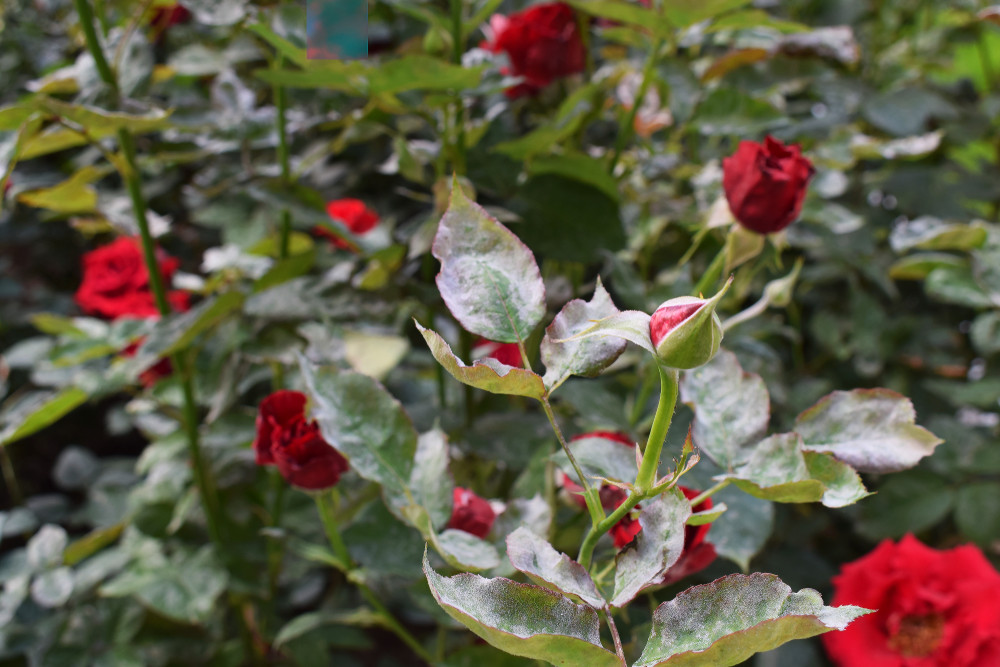
The spores of the powdery mildew fungi are everywhere, but the infection occurs only when the conditions are just right for the spores to germinate and spread a fine network of mycelium on their host plants.
Here are a few steps you can take to avoid this infection.
Cultivate mildew-resistant varieties
Many mildew-resistant cultivars of vegetable and ornamental plants have been developed. Make sure you buy such varieties whenever possible.
You might be able to find several heirloom varieties that exhibit natural resistance to fungal diseases too.
Ensure ample sunlight
Plants growing in shade are particularly prone to powdery mildew infection.
Sunlight seems to reduce the risk, although it is not clear whether solar radiation has any direct action.
It could be just that plants growing in full sun are sturdier, and their tissues are tougher, compared to their counterparts in the shade.
It helps to move potted plants to open areas as the days become warmer.
Trim branches of large trees that cast shade on vegetable patches and flower beds. Good sunlight prevents weak, leggy growth that easily succumb to fungal attacks.
Avoid crowding
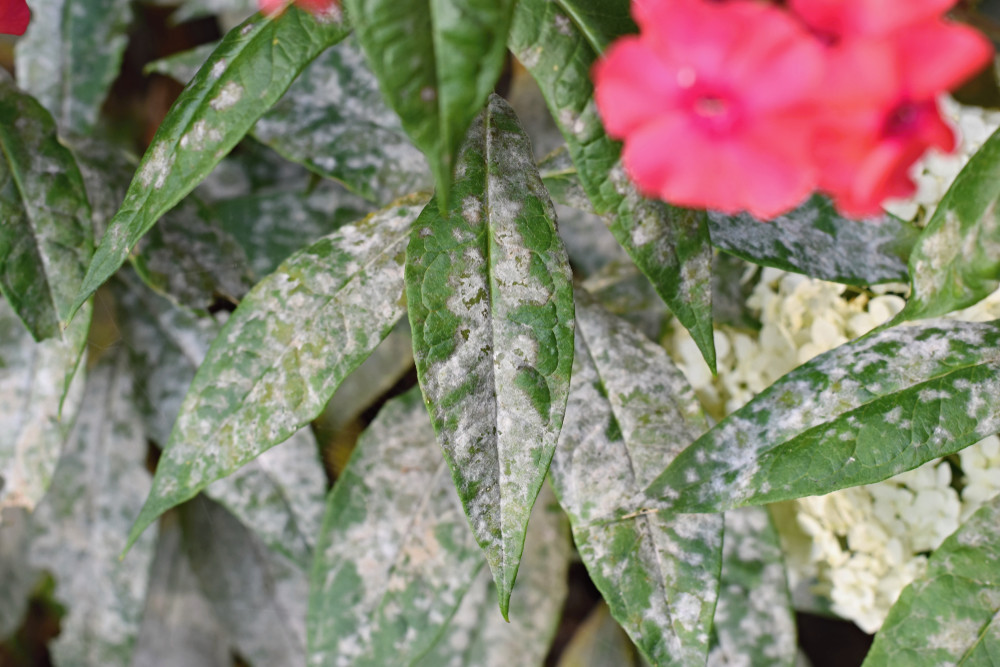
Good air circulation around plants is another factor that can help ward off many pests and diseases, including powdery mildew.
If lush spring growth makes your garden beds too crowded, selectively thin out weaker seedlings.
Edible baby greens of carrots, radish, cabbage and lettuce can enrich your spring salads. Add the remaining to the compost pile.
Better lose a few plants now than lose the entire crop to diseases later.
Control humidity
Although moisture on the leaves is not necessary for powdery mildew fungi to take hold of the plants, it is always better to avoid excess humidity.
Frequent rains and daily spraying of the entire plants with plenty of water surprisingly help avoid mildew attack.
It probably washes off the fungal spores, preventing them from taking hold on the plant tissues. However, lingering wetness on the leaves is quite another matter.
Provide water to the root zone whenever necessary, but avoid wetting the crown, especially after the plants have wilted slightly in the hot sun.
Keep the beds clean
Fallen leaves and other decaying debris in the garden beds may be inviting all kinds of fungal infections, not just powdery mildew.
Clean up the beds and strip the lower parts of the stem of yellowed leaves and branches that are always in the shade.
These are non-functional, and a burden on the plant since they do not contribute to making food.
Keep the plants in robust health
Plants with large amounts of fresh leafy growth resulting from frequent feeding are more prone to mildew.
Use slow-release and organic fertilizers instead. They help the plants have sturdy, uniform growth.
How to get rid of powdery mildew infection on plants
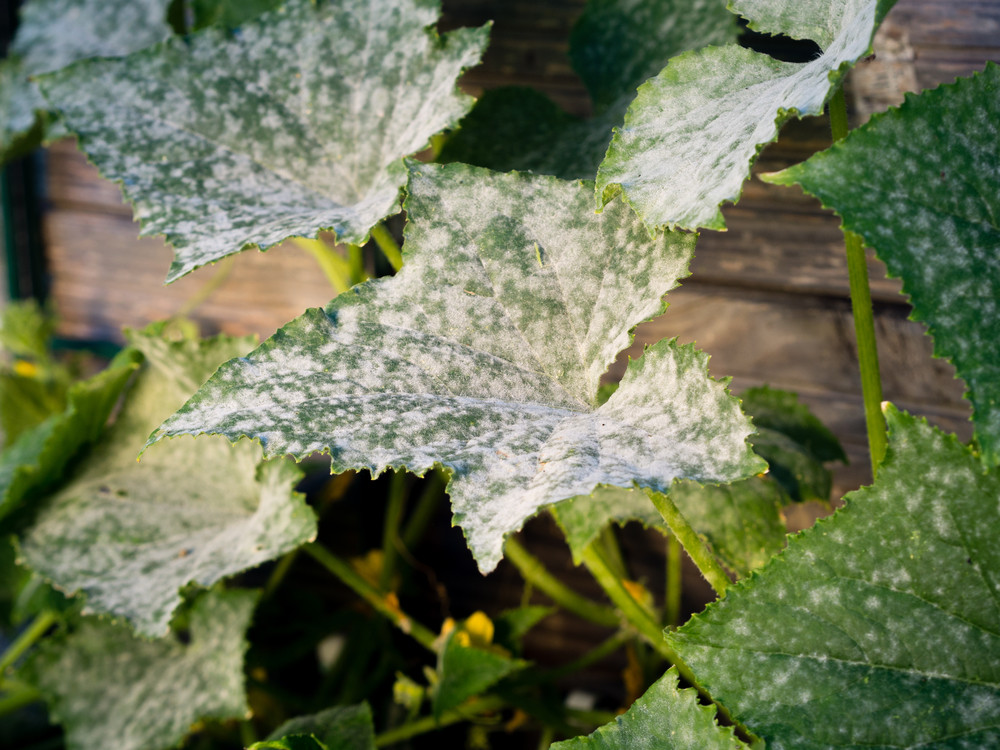
In spite of all the preventive measures taken against fungal attacks, the white, dusty coating characteristic of powdery mildew can suddenly appear.
Once that happens, the focus should be on eliminating the infection as soon as possible and with minimum harm to the plants and the environment.
Early detection is the key. Start remedial actions immediately on spotting the white patches.
Chemical fungicides such as chlorothalonil are effective in mildew control, but they are toxic to us and the environment.
Organic gardeners the world over prefer to use safer alternatives to treat powdery mildew.
Altering the pH
Fungi are sensitive to environmental changes, including drastic alteration of pH.
We can increase the pH by spraying alkaline solutions and decrease it with acidic substances.
Since acids and alkalis can burn plant tissues, as well as the fungal spores, they should be suitably diluted before spraying on the foliage.
Bicarbonate salts of sodium and potassium
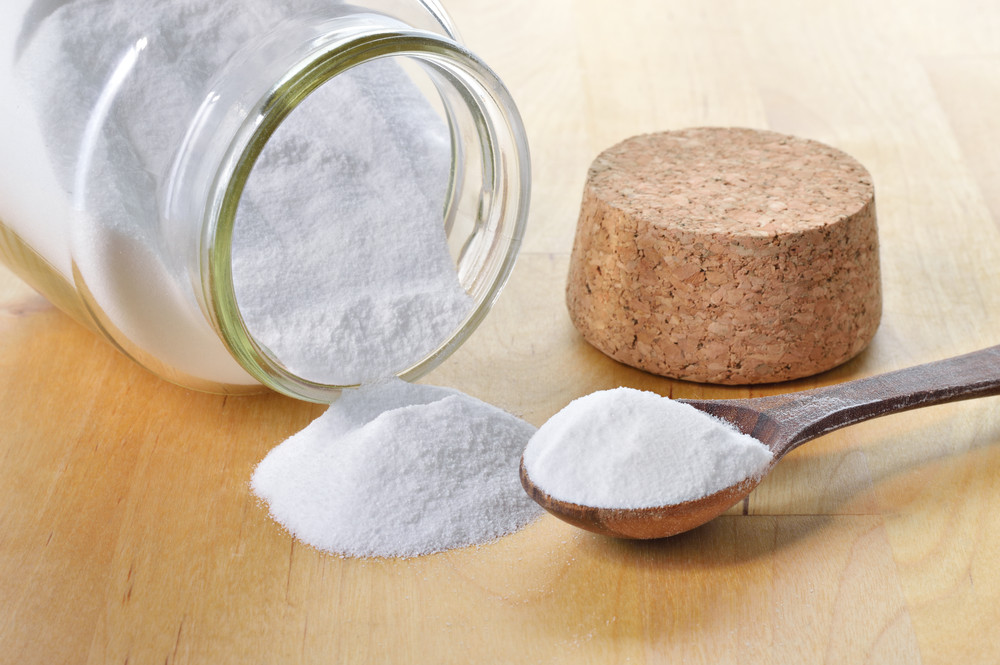
Baking soda has been the mainstay of the antifungal arsenal in the past.
Mix one tablespoon of baking soda to a gallon of water.
To increase the spread and effectiveness of the spray, add one teaspoonful of highly refined vegetable oil or petroleum oil (commonly used as dormant oil spray) and one teaspoonful of dish soap.
Spray liberally on mildew-affected beds and also on the same type of plants elsewhere in the garden.
Vinegar
Using a vinegar spray may be more compatible for roses and other acid-loving plants.
Synthetic white vinegar widely used in food preparation is nothing but 5% acetic acid. It is as good as organic vinegars like apple cider vinegar and rice wine vinegar, if not better.
Fill a one-gallon spraying can with water and add a cup of white vinegar. Shake well and use it to spray mildew affected plants.
Vinegar at this concentration has the potential of burning the tender leaves of plants, but you might be able to save the plants in the process.
Milk spray
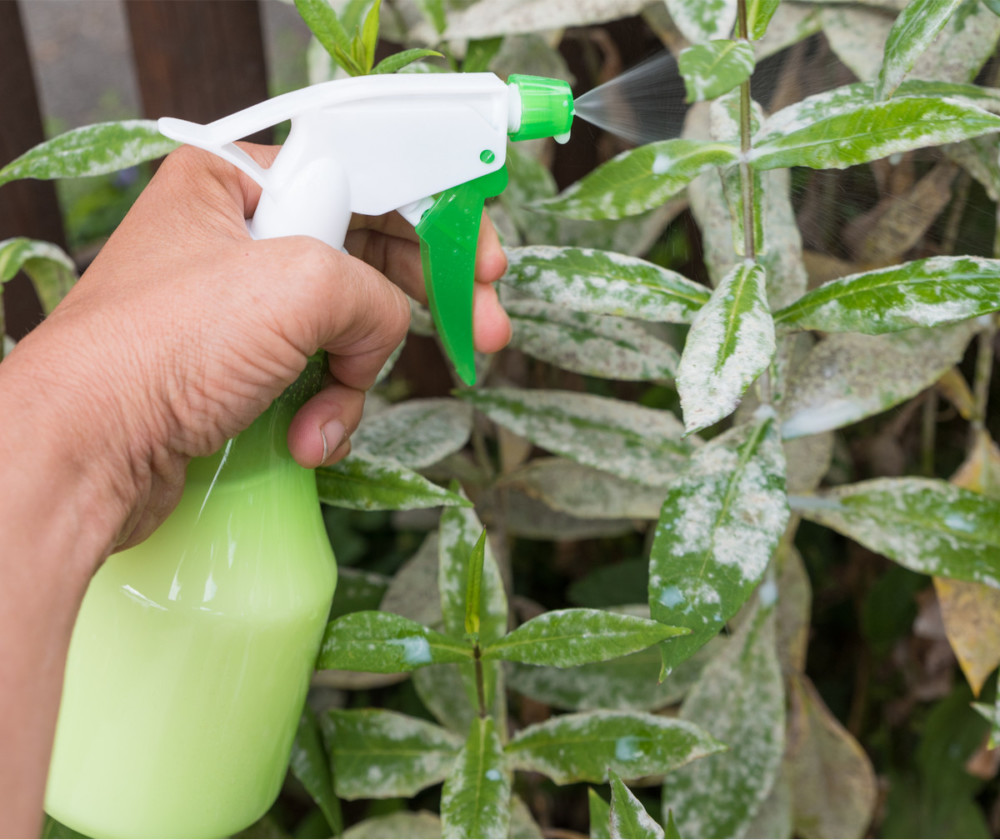
This harmless mildew remedy is reportedly as effective as chemical fungicides.
All you have to do is spray a mixture of milk and water in a 40 to 60 ratio on plants, but it has to be done on sunny days and repeated every week until the risk of mildew passes.
It is thought that the milk proteins react with solar radiation to form substances provides protection or the coating of milk on the plants prevents the fungal spores from penetrating the tissue or suffocates their mycelium.
This treatment has been successfully used in large-scale plantations in Canada, Australia, and in several other parts of the world.
Homemade Bordeaux mixture
Bordeaux mixture is an effective fungicide. Although it has mild toxicity, it is safer than many other chemical fungicides out there.
Add 31/2 Tbsp copper sulfate to 1 gallon of water and stir well. Keep it aside.
Add 10 Tbsp of hydrated lime (calcium hydroxide) to the prepared copper sulfate solution and mix well by vigorous stirring. Spray the mixture on mildew affected plants.
It is a good preventive also.
Don’t let powdery mildew drive your garden into the ground. Check for signs daily, take preventative measures and enjoy the fruits of your labor!
